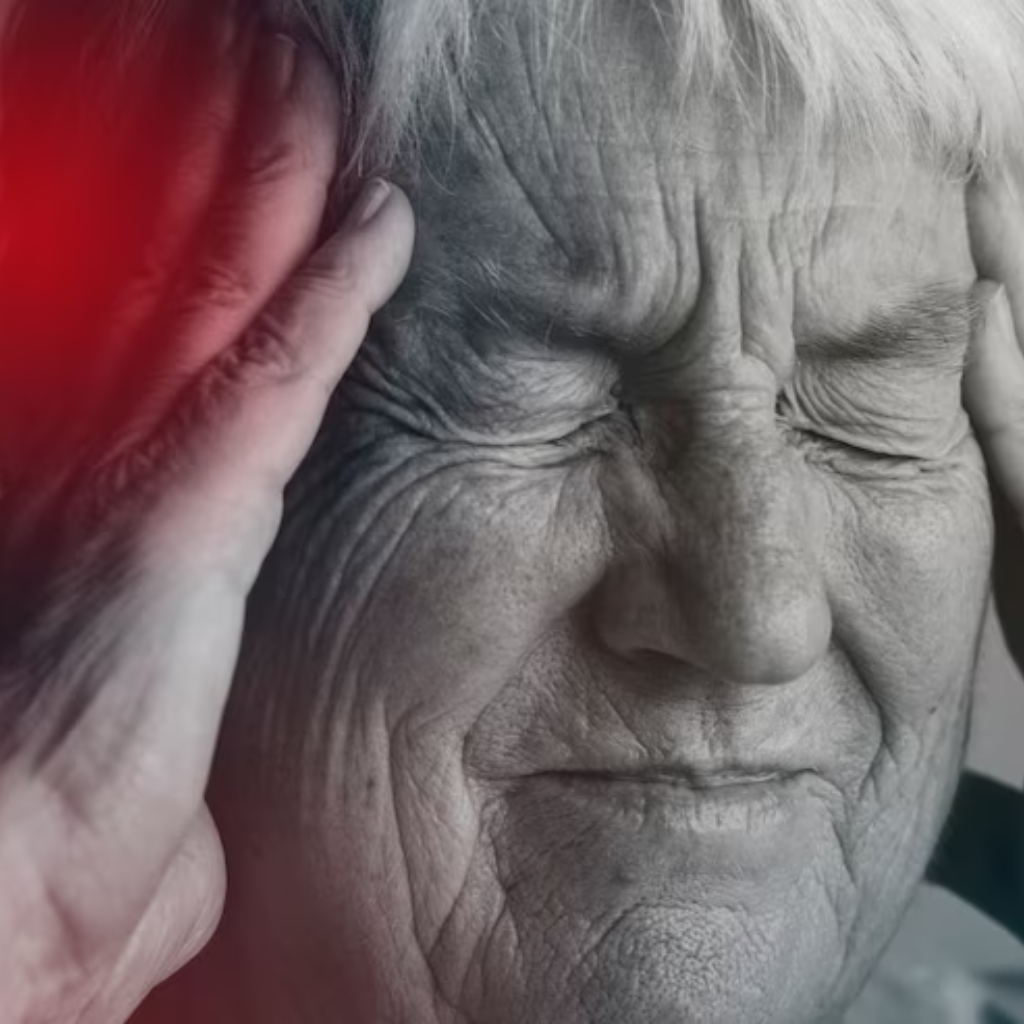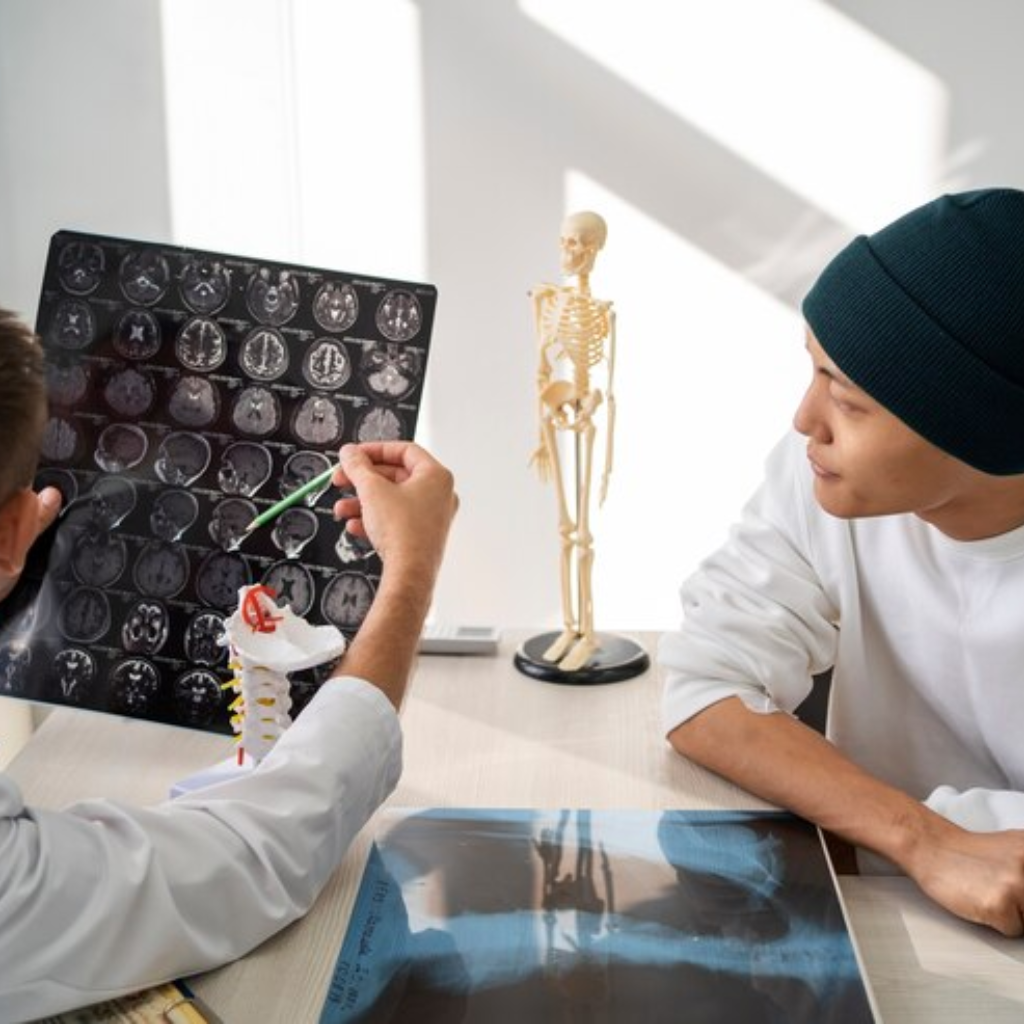
Symptoms of Stroke: How to Recognize Early Warning Signs
Understanding stroke is crucial in recognizing the warning signs and taking the necessary steps to seek medical attention. A stroke can occur when there is a disruption in blood flow to the brain, leading to brain cells being deprived of oxygen and nutrients. Depending on the type of stroke, the symptoms can vary and may affect one side of the body, such as difficulty speaking or weakness in the face, arm, or leg. It is important to act quickly and seek medical help if you suspect someone is having a stroke, as prompt treatment can greatly reduce the risks of long-term disability or even death.
What is a stroke?
A stroke occurs when there is a sudden interruption in the blood flow to the brain, leading to the affected brain cells not receiving enough oxygen and nutrients. This can result in the cells starting to die, which can have severe consequences on a person’s health and well-being. Strokes can be classified into two main types: ischemic strokes, which are caused by a blockage in the blood vessels supplying the brain, and hemorrhagic strokes, which occur when a blood vessel in the brain leaks or ruptures. It is essential to seek medical attention quickly if you suspect someone is experiencing a stroke, as prompt treatment can greatly reduce the risk of long-term disability or even death
Symptoms of Stroke

When it comes to recognizing a stroke, understanding the symptoms is crucial. Strokes can manifest in various ways, affecting speech, motor skills, and even vision. If you experience any sudden changes in these areas, it could be a sign of a stroke. Seeking medical attention as quickly as possible is essential, as prompt treatment can greatly impact the outcome. Remember, time is of the essence when it comes to stroke symptoms, so don’t hesitate to act fast.
Common symptoms
Common symptoms of a stroke can include difficulty speaking, sudden weakness or numbness in one side of the body, and blurry vision. It’s important to recognize these signs early on and seek medical attention promptly. Depending on the type of stroke, symptoms can vary, so it’s crucial to pay attention to any changes in your body that could indicate a stroke. Remember, acting quickly and receiving treatment can greatly increase the chances of recovery.
Lesser-known symptoms
It’s important to be aware of the lesser-known symptoms of a stroke, such as a transient ischemic attack (TIA) or a major stroke affecting the left side of the brain. These conditions can severely affect the brain cells, leading to complications like increased intracranial pressure. If you experience any of these symptoms, it’s crucial to seek medical attention promptly to receive treatment and prevent future strokes. Remember, knowledge is key to recognizing and acting quickly in the event of a medical emergency.
Types of Stroke
When it comes to strokes, there are two main types: ischemic stroke and hemorrhagic stroke. Ischemic strokes occur when there is a blockage in the blood vessels that supply blood to the brain. On the other hand, hemorrhagic strokes happen when a blood vessel in the brain bursts or leaks. Understanding the difference between these two types of strokes is crucial for receiving the right treatment promptly.
Ischemic stroke
Ischemic strokes occur when there is a blockage in the blood vessels that supply blood to the brain. These blockages can be caused by blood clots or plaque buildup in the arteries. When blood flow to the brain is severely reduced or completely cut off, brain cells start to die. Prompt treatment is essential to prevent further damage and reduce the risk of disability. Ischemic strokes are a medical emergency, and seeking medical attention quickly is crucial for receiving the proper treatment.
Hemorrhagic stroke
A hemorrhagic stroke occurs when there is a bleeding in the brain. This type of stroke is caused by a weakened blood vessel that ruptures and leaks blood into the surrounding brain tissue. The leaked blood puts pressure on the brain cells, leading to a variety of symptoms. Hemorrhagic strokes can be very serious and require immediate medical attention. Treatment for this type of stroke may include procedures to stop the bleeding and prevent further damage. It’s important to know the symptoms of a hemorrhagic stroke and seek help right away if you suspect you or someone else is experiencing one.

Treatment for Stroke

When it comes to treating a stroke, there are a variety of options available depending on the type and severity of the condition. One common treatment is the use of tissue plasminogen activator (TPA) to help dissolve blood clots and restore blood flow to the brain. Another approach is carotid endarterectomy, a surgical procedure to remove plaque buildup in the carotid arteries that can lead to strokes. In some cases, anticoagulants or blood thinners may be prescribed to prevent future strokes by reducing the risk of blood clots. It’s important to work closely with your doctor to determine the best treatment plan for your specific situation.
Emergency treatment
When it comes to stroke, time is of the essence. If you suspect that someone is having a stroke, it’s crucial to seek emergency treatment immediately. Quick action can help prevent disability and even save a life. Don’t hesitate to call for help or take the person to the nearest local emergency room. Remember, every second counts when it comes to stroke.
Rehabilitation options
Rehabilitation options are an essential part of the recovery process after experiencing a stroke. These options can include physical therapy to help regain strength and coordination, occupational therapy to assist with daily tasks, and speech therapy to address any communication difficulties. It’s important to work with healthcare professionals to determine the best course of action for your specific needs. Remember, stroke affects people differently, so individualized treatment plans are crucial for successful outcomes.
Medication
When it comes to stroke treatment, medication plays a crucial role in managing symptoms and reducing the risk of future strokes. Doctors may prescribe various medications, such as blood thinners, to prevent blood clots and anticoagulants to prevent plaque buildup in weakened blood vessels. It’s essential to follow your physician’s instructions carefully and be aware of any potential side effects that may arise. Remember, taking medication as prescribed is key to maintaining your heart health and overall well-being.
Prevention of Stroke
Preventing a stroke is crucial for maintaining a healthy lifestyle. One of the most important factors in stroke prevention is maintaining a healthy diet and regular exercise routine. It’s also essential to manage risk factors such as high blood pressure, atrial fibrillation, and high cholesterol levels. Doctors may recommend blood tests or diagnostic tests like carotid ultrasound to assess stroke risk. Additionally, medications like blood thinners may be prescribed to reduce the risk of blood clots that can cause strokes. By taking these preventive measures and adopting a healthy lifestyle, you can greatly reduce your chances of experiencing a stroke.
Healthy lifestyle changes
If you’ve recently experienced a stroke or want to reduce your risk of having one, making healthy lifestyle changes can be crucial. The way you live your life can greatly impact your cardiovascular health and overall well-being. Simple adjustments like incorporating regular exercise, eating a balanced diet, and managing stress can all contribute to better heart health and reduced risk of stroke. By taking steps to treat your body well, you can improve your blood supply, lower your chances of developing complications, and enhance your overall quality of life. Don’t underestimate the power of small lifestyle changes – they can make a big difference in your stroke prevention journey!
Managing risk factors
When it comes to managing your risk factors for stroke, it’s important to gather as much information as possible. Understanding how stroke depends on various factors such as family history and lifestyle choices can help you make informed decisions. By seeking advice from medical professionals and following prevention tips from reputable sources like the American Heart Association, you can develop a personalized plan to reduce your risk. Remember, stroke rehabilitation and treatments are available to help you manage your condition effectively.

Conclusion

What is the Role of doctors in managing stroke?
Doctors play a crucial role in managing stroke as they are responsible for diagnosing the condition, determining the type of stroke, and prescribing the appropriate treatment. They also monitor the patient’s progress and suggest lifestyle changes to prevent future strokes.
How can complications be included in stroke
Complications can include stroke treatment when the patient experiences side effects from medications, develops additional health conditions, or faces challenges during rehabilitation. Doctors need to manage these complications to ensure the best possible outcome for the patient.
Why is it important for experts to watch stroke patients closely
Experts continually monitor stroke patients to track their progress, adjust treatment plans as needed, and prevent any potential complications. This ongoing care is essential for ensuring that the patient receives the best possible medical attention and support throughout their recovery process.
